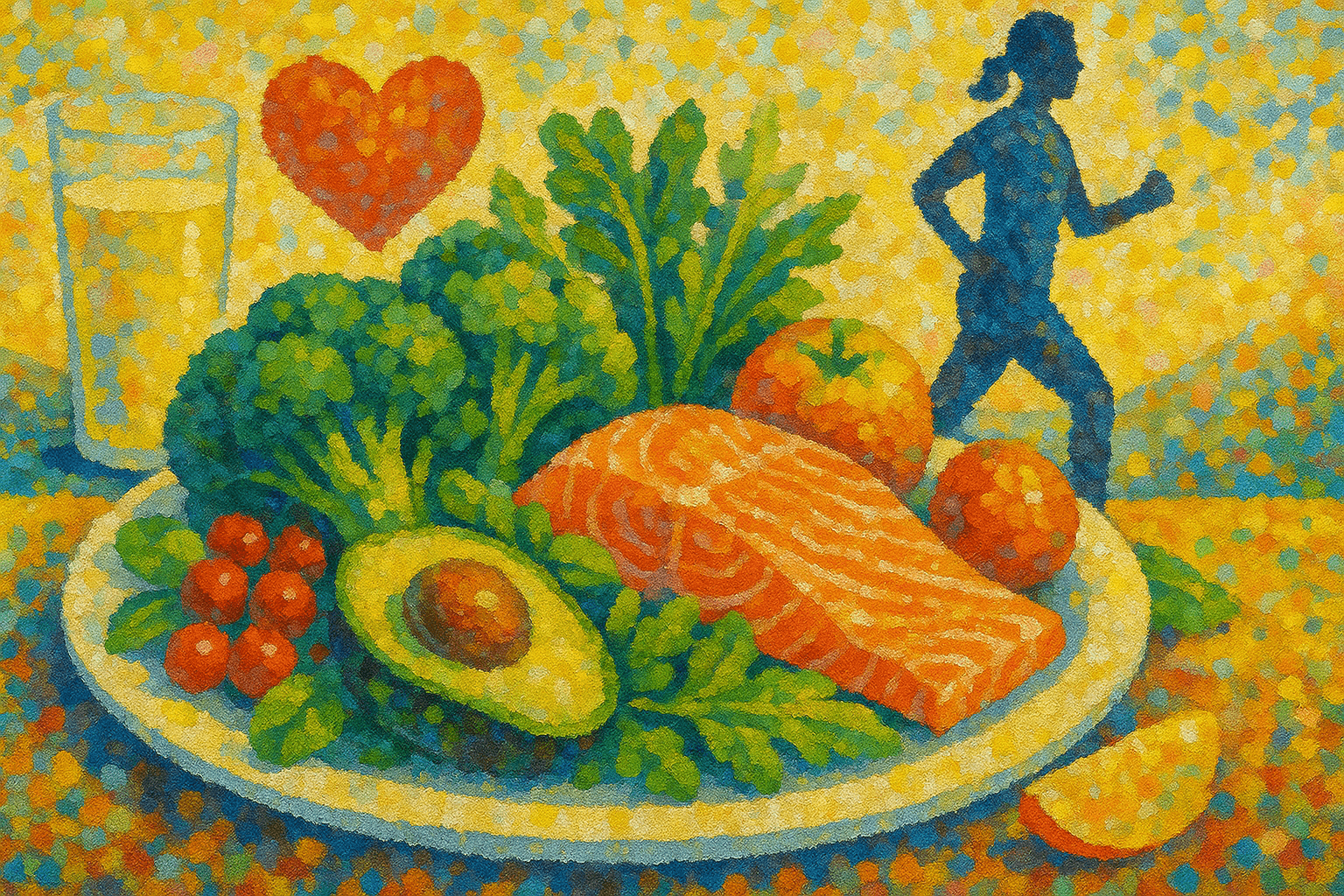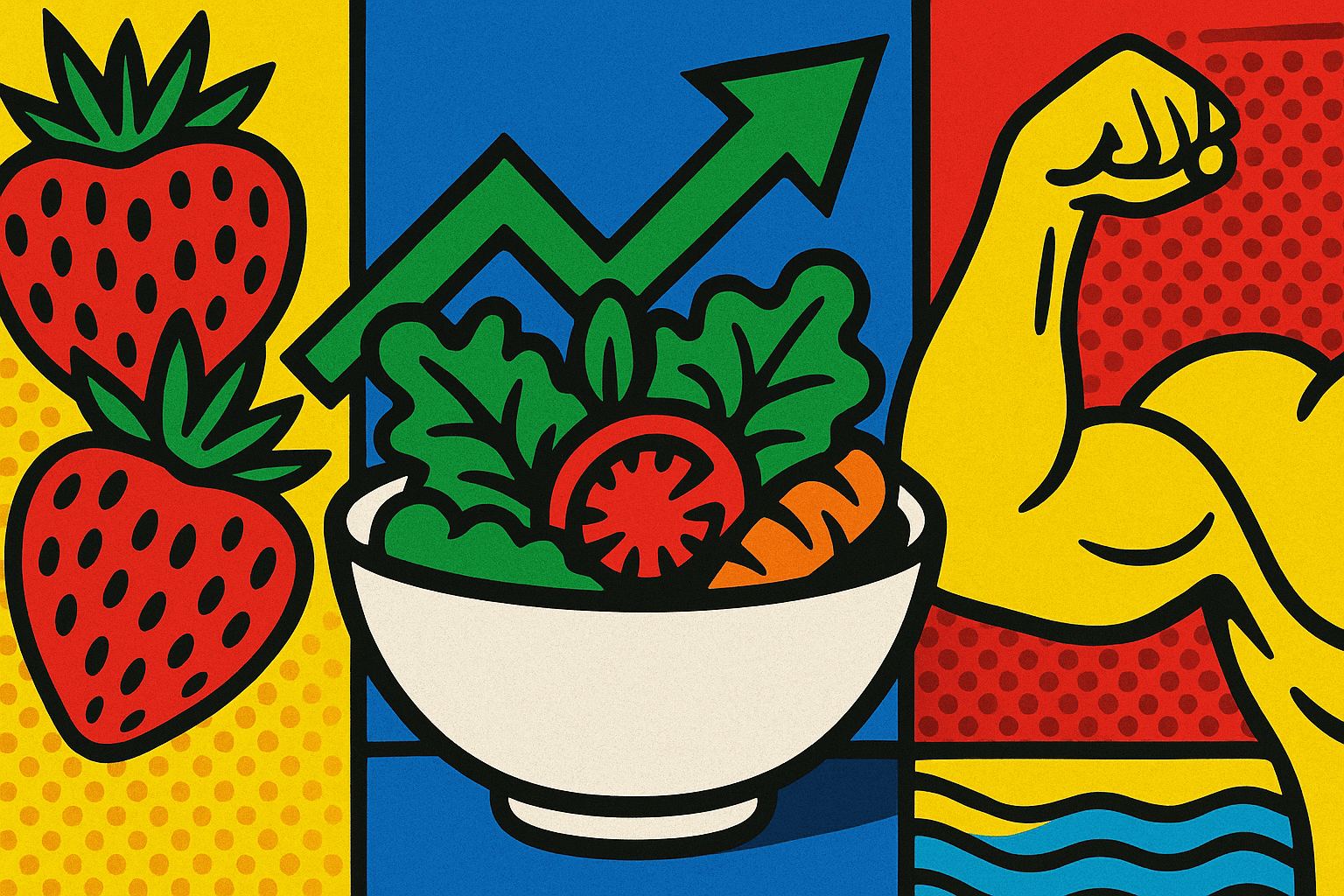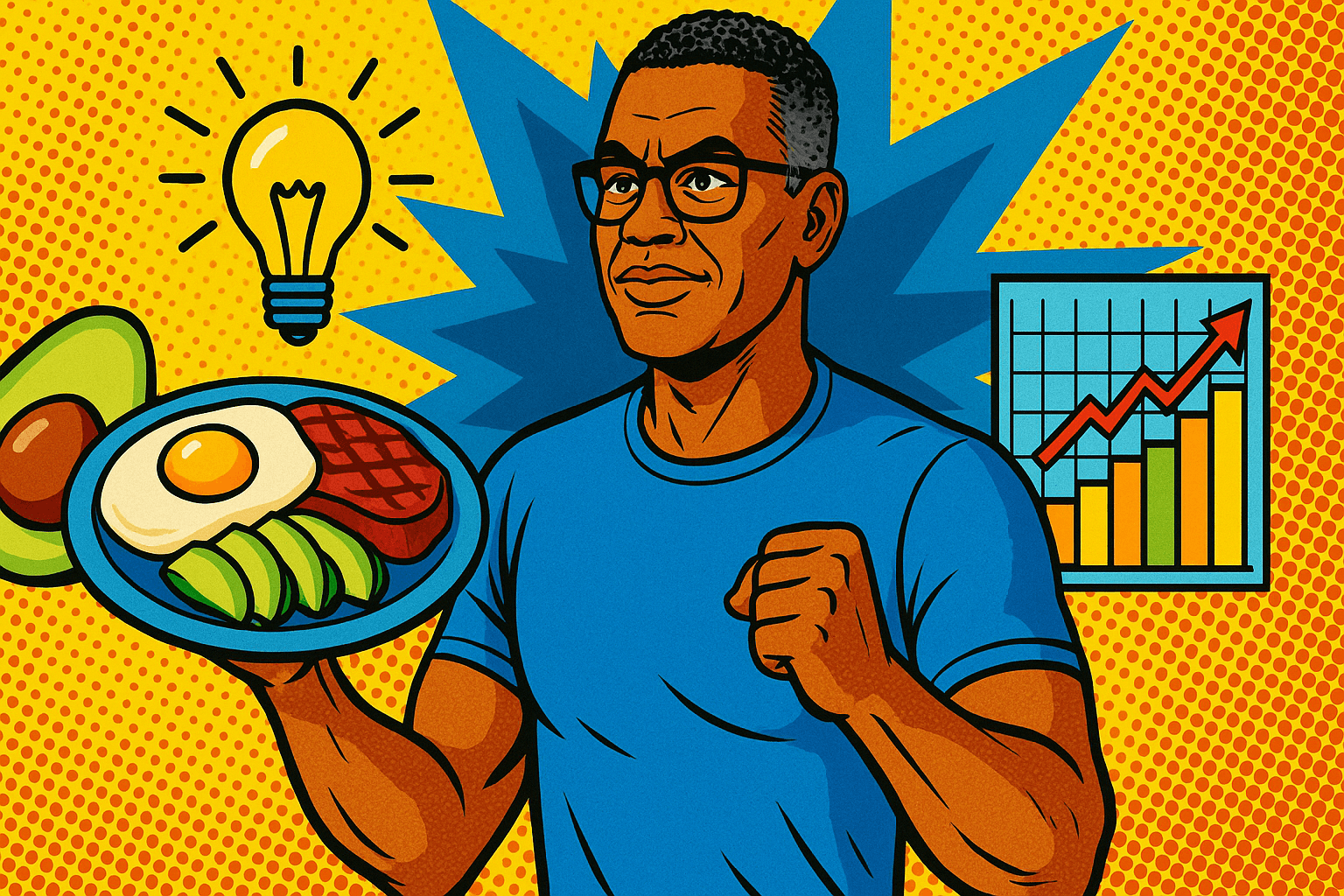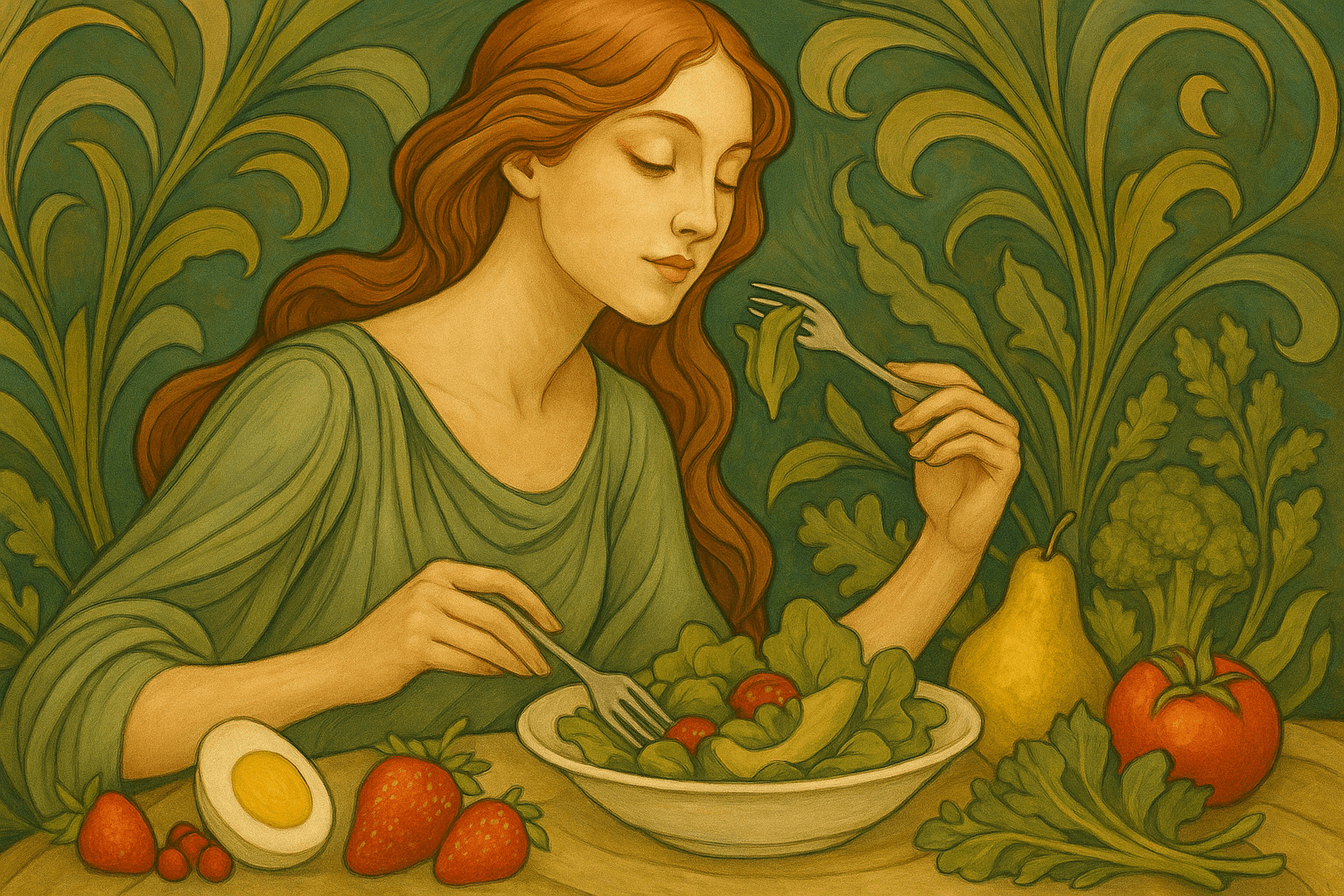Balanced Blood Sugar, Balanced Life: Everyday Strategies for Managing Diabetes with Food
Published on June 17, 2025

Understanding Blood Sugar and Its Impact
Managing diabetes goes far beyond sugar—it's about how food, movement, stress, and sleep work together to stabilize your glucose and protect long-term health.
What Happens in Your Body?
In type 2 diabetes and prediabetes, insulin isn’t used effectively, leaving glucose stuck in your blood. The result?
Fatigue
Brain fog
Cravings
Mood swings
Increased risk for heart, kidney, and vision problems
The good news: With diet and lifestyle changes, you can often reverse prediabetes and dramatically improve how you feel.
Why Blood Sugar Balance Matters for Everyone
Less inflammation
Fewer cravings
Better sleep and focus
Improved hormone and gut health
Key to long-term metabolic health
The Blood Sugar Rollercoaster
Refined carbs like white bread and juice cause fast spikes — then crashes. This rollercoaster leads to fatigue and more cravings.
The goal: Flatten the curve by choosing meals that include:
Fiber
Protein
Healthy fats
Slow-digesting carbs (like legumes, grains, vegetables)
Pro tips:
Chew well and eat slowly
Watch your drinks — sweetened coffee and smoothies spike fast
Read labels for hidden sugars in snacks and bars
Create a Blood Sugar-Friendly Plate
Use this simple plate formula at each meal:
½ plate non-starchy vegetables
Greens, broccoli, zucchini, peppers, mushrooms
¼ plate lean protein
Chicken, fish, tofu, eggs, beans, Greek yogurt
¼ plate slow carbs or good fats
Quinoa, lentils, sweet potato, avocado, olives, seeds
Season with herbs, lemon, olive oil
Avoid white rice, fried food, sugary sauces
Eat carbs last to reduce spikes
Start meals with a salad or vinegar to slow digestion
Use smaller plates to feel satisfied with less
Batch-cook grains and proteins to save time
Snack Smart, Not Sweet
Choose snacks that combine fiber, fat, and protein:
Apple + almond butter
Greek yogurt + chia
Walnuts + dried apricots
Boiled egg + cherry tomatoes
Hummus + cucumbers
Avoid snacks made of only carbs like crackers or fruit alone.
Pre-portion snacks to avoid overeating.
Keep emergency snacks at your desk or in the car.
Set a daily snack reminder to avoid blood sugar dips.
Small Habits, Big Impact
Walk for 10–15 minutes after meals
Don’t skip meals — it leads to crashes
Stay hydrated
Prioritize 7–9 hours of sleep
Reduce stress (cortisol raises glucose)
Move every hour — even 2-minute bursts help
Limit sweetened coffee
Try a CGM or glucometer to track your patterns
What About Fruit and Bread?
Don’t fear carbs — understand them:
Choose whole fruit, not juice
Pair fruit with fat or protein
Go for sourdough, sprouted or rye bread
Dense bread is better than fluffy bread for glucose
Always pair carbs with “a buddy”: fat, fiber, or protein
Meal Timing Matters
Eat within an hour of waking
Avoid eating late at night
Try 3 meals + 1 snack or 5 smaller meals
Stop eating 2–3 hours before bed
Stick to a regular meal rhythm, even on weekends
Front-load your day with calories — big breakfast, lighter dinner
Final Thoughts
Managing diabetes isn’t about restriction — it’s about rhythm, balance, and ease.
Build one balanced plate.
Take one post-lunch walk.
Snack smart once.
Repeat tomorrow.
Because steady blood sugar doesn’t just support diabetes — it supports life, joy, clarity, and strength.
You’ve got this — one bite, one breath, one choice at a time.








